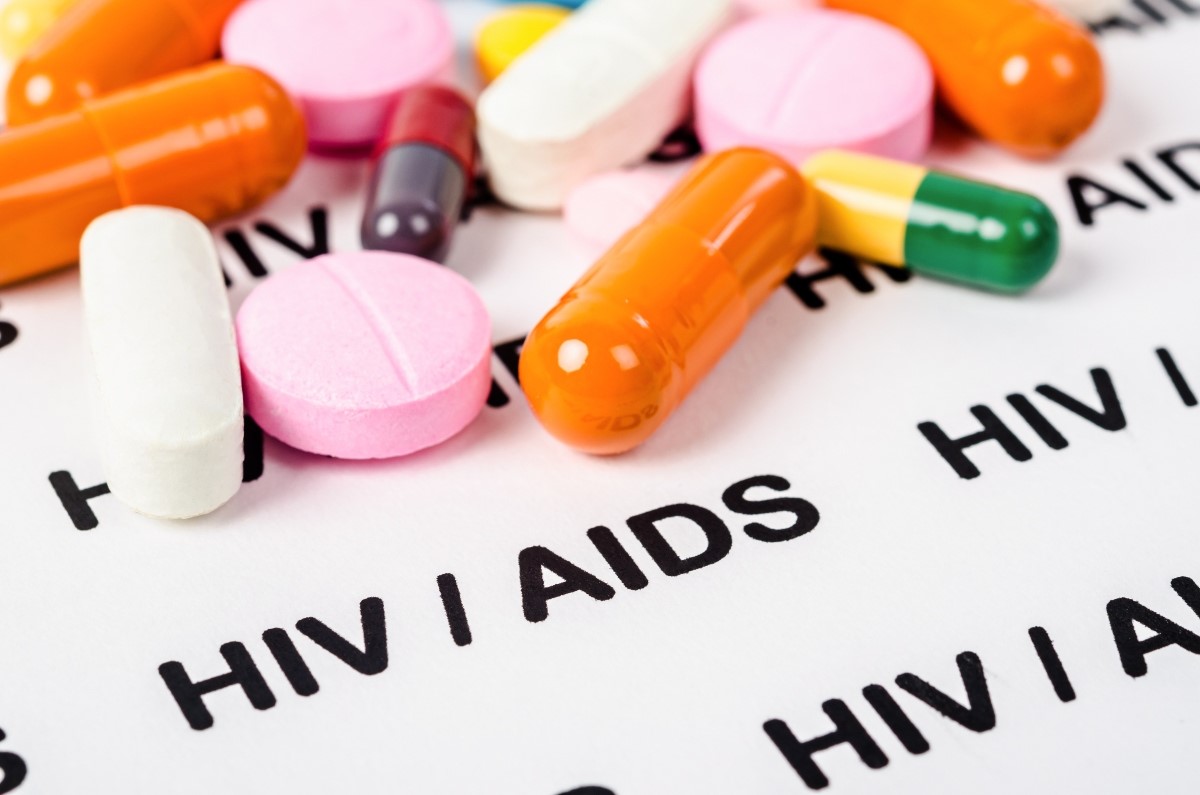
World AIDS Day: new procedure to recognise if the virus is 'dormant'
Developed by the Bambino Gesù with MIT Boston, the new AIDS procedure will make it possible to test the suspension of antiretroviral therapy. 150,000 new paediatric infections worldwide every year
A new procedure hope for children with HIV arrives from the Bambino Gesù Children’s Hospital on the eve of World AIDS Day
Doctors and researchers have succeeded in developing a new procedure capable of characterising the residual viral load and the associated protective immune response present in patients, identifying those children in whom the residual viral load is dormant and those in whom this residual carries, if not adequately treated, a risk of disease recurrence.
The results of this new procedure will be presented at the next edition of the Conference on Retroviruses and Opportunistic Infection, to be held in Seattle next February.
During 2023 the first trial for the suspension of antiretroviral therapy in children with ‘dormant’ viral reserve will start at the Bambino Gesù.
NEW PROCEDURE WITH AIDS: RESIDUAL VIRAL LOAD
Residual viral load (or viral reserve) refers to the amount of virus that remains in certain cells (CD4) on the T lymphocytes of HIV-infected people.
It still represents the main obstacle to complete recovery: the presence of the residual is what makes it necessary to take lifelong antiretroviral therapy.
In children who inherited the virus from their mother (vertical infection) and started antiretroviral therapy early, the amount of this residue is reduced.
However, in order to understand the real possibility of treatment, a diagnostic procedure – the cellular characterisation of the residue – is essential. This requires the taking of a considerable amount of blood, which is often difficult in children.
Every year, around 150,000 new paediatric infections occur worldwide, totalling around 1,700,000 children with HIV infection.
Vertical HIV infection affects about 95% of new paediatric cases each year.
AIDS TREATMENT, THE NEW PROCEDURE
To overcome the problem of the small amount of blood that can be taken from a child, researchers from the areas of Clinical Immunology and Vaccinology directed by Prof. Paolo Palma and of Complex and Perinatal Infections of Dr. Stefania Bernardi, in collaboration with the Apheresis unit of Dr. Giovanna Leone of the Transfusion Medicine of the Bambino Gesù, have studied the application of a procedure with which to obtain an optimal amount of cells ready for characterisation.
This is called leukoapheresis, which, using a special machine, allows only the white blood cells to be taken and then the rest of the blood to be reintroduced into circulation.
The procedure proved to be safe for the young patients and effective, with a cell yield up to 250,000 times higher than traditional harvesting techniques.
The cellular material obtained by leukopheresis has therefore enabled doctors and researchers at the Bambino Gesù to perform a new molecular characterisation of the viral reserve in collaboration with the laboratory of Prof. Mathias Lichterfeld of MIT Boston, one of the world’s leading experts in this field.
In this research, the protective immune response associated with the specificities of the individual patient’s viral reserve was investigated: through characterisation and typing of the residual virus, it was thus possible to identify children in whom this reserve is dormant and those in whom this reserve carries a risk of disease recurrence if not adequately treated.
The results of the study will be presented during the 30th Conference on Retroviruses and Opportunistic Infections (CROI) to be held from 19 to 23 February 2023 in Seattle, where they have already been considered of extreme interest by the scientific evaluating committee, awarding Dr. Nicola Cotugno with a scholarship to attend the event.
This is the annual scientific conference dedicated to the understanding, prevention and treatment of HIV/AIDS and associated infections that brings together hundreds of researchers and clinicians from all over the world.
THERAPEUTIC DISCONTINUATION
“Thanks to the results obtained from the two studies conducted by the Bambino Gesù, it is now possible to determine the characteristics of the viral reserve of children with vertical HIV infection, identifying whether or not the virus still present in their cells has the capacity to replicate, i.e. whether it is dormant or active,” explains Professor Paolo Palma, head of the Hospital’s Clinical Immunology and Vaccinology research unit.
In children in whom this reservoir proves to be completely dormant, it will be possible to proceed with therapeutic suspension as part of a controlled experimental study. A goal that has been pursued for years by physicians and researchers dealing with HIV’.
In the course of 2023, a trial will start at the Bambino Gesù, already approved by the hospital’s Ethics Committee, which will allow for the first time the therapeutic suspension in children whose viral residue analysis reveals only the presence of dormant virus.
About 100 children and young people with HIV infection are currently being followed at the Paediatric Hospital of the Holy See, almost all of them with vertical infection.
Read Also:
Emergency Live Even More…Live: Download The New Free App Of Your Newspaper For IOS And Android
HIV: Initial Symptoms In Women And Men
HIV: How Soon Do Symptoms Appear? The 4 Stages Of Infection
Sanofi Pasteur Study Shows Efficacy Of Co-Administration Of Covid And Influenza Vaccines
WHO: ‘Pandemic Will Continue Unless Vaccines Are Distributed To Poor Countries’
Covid And HIV: ‘Monoclonal Antibodies For The Cures Of The Future’
HIV, MRNA Vaccine Study By Iavi And Moderna
Kaposi’s Sarcoma: Discover What It Is
Tumours Of Endothelial Tissues: Kaposi’s Sarcoma


